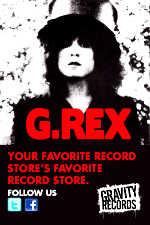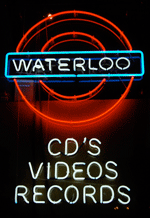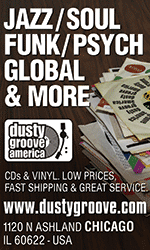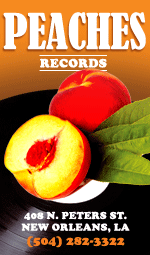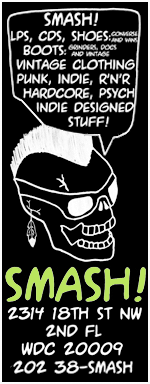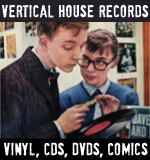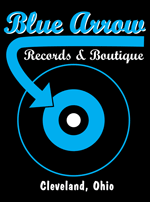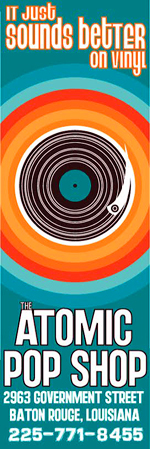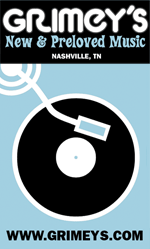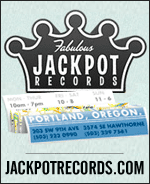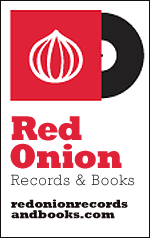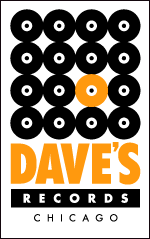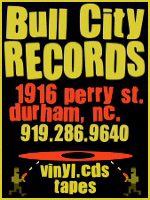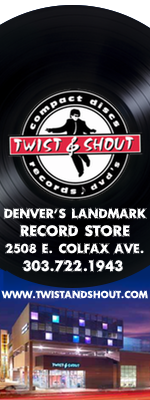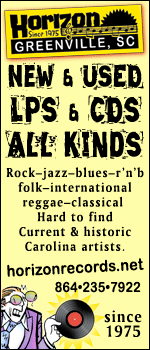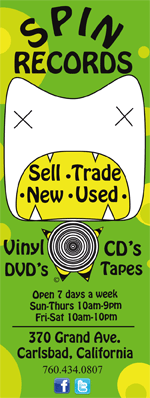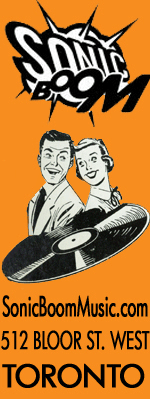
My Morning Jacket has been building a following for years and must now be considered one of the few great rock bands with any real visibility on the scene today. While rock seems to continue to wither and die, My Morning Jacket is only growing stronger.
Hailing from Louisville, Kentucky in the late ’90s, the group recorded two albums for the indie Darla label before moving to ATO with It Still Moves in 2003. After three more albums, ATO became part of Capitol, which released the group’s The Waterfall album in 2015. It would be five years before Waterfall II, which was quickly followed the next year by a self-titled album. The group’s main singer and songwriter Jim James also released other albums in that period, including four idiosyncratic and artsy solo albums between 2013 and 2018, with two of them released in 2018.
My Morning Jacket’s music is hard to describe. The group has a somewhat expansive psychedelic sound and an organic and improvisational live-in-the-studio approach that has appeal for lovers of jam bands. Like such old-school American cult faves as the Grateful Dead, R.E.M., and the Flaming Lips, which turned into popular legends by creating their own self-sustaining musical communities, the group is focused on making music on its own terms and slowly building a following. Unlike those groups, it has had a consistently changing lineup, that now includes only two original members, James and Tom Blankenship.
The band’s passionate, idiosyncratic, and heady sound makes for serious listening, but its newest album, its tenth and first in four years, seems like a bid for a larger audience with the production work of Brendan O’Brien. While the group has worked with the likes of John Leckie and Joe Chiccarelli in the past, this seems like their most focused studio effort. There were three singles that preceded the album, which is unusual for the group, and the final ten songs were whittled down from 100 demos. All the songs were written by James.































